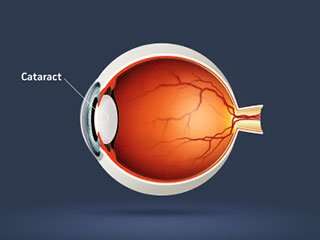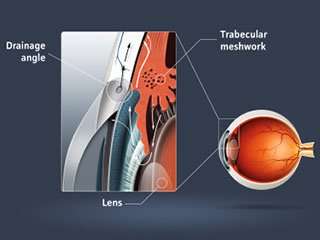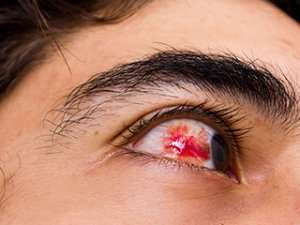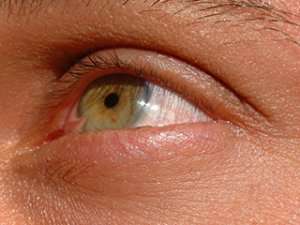


Glaucoma
Glaucoma is the second leading cause of blindness in the United States, making it an important public health priority. Although there are several factors that cause glaucoma, all types of glaucoma are characterized by damage to the optic nerve. This damage prevents...
Subconjunctival Hemorrhage
Similar to a bruise under the skin, a subconjunctival hemorrhage happens when a small blood vessel located between the sclera (white portion of an eye) and the conjunctiva (lining on the surface of an eye) breaks and covers the sclera with blood. Unlike broken blood...
Binocular Vision
The human visual system is a complex network including the eye, ocular nerves, and key brain areas that process visual information. Under most circumstances, we use information from both eyes to create a single visual image. This ability to converge information from...
Glare and Halos
Glare and halos are both eye symptoms that some people experience around bright lights. Halos show up as bright circles around a light source. Glare is light that interferes with your vision, making it difficult to see or sometimes making your eyes water. These...

